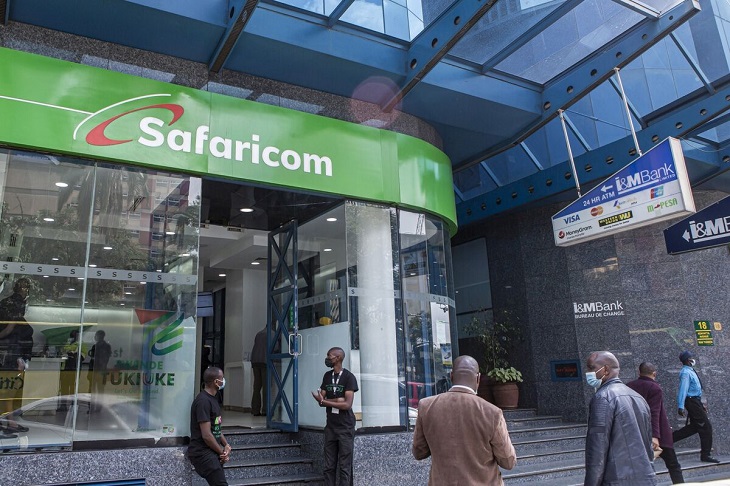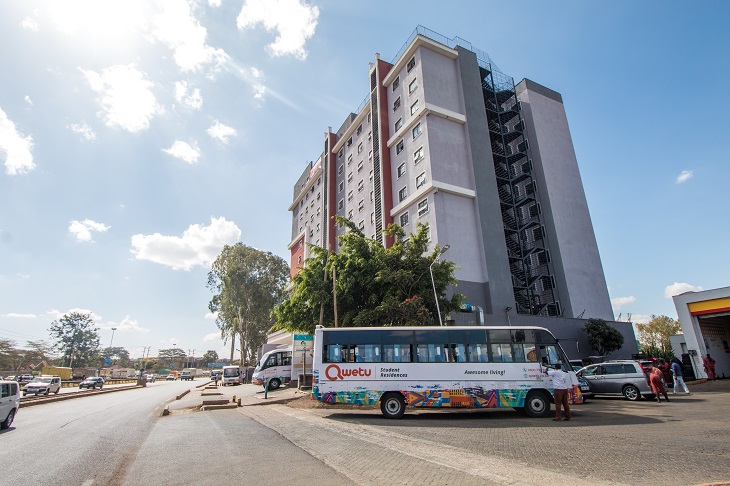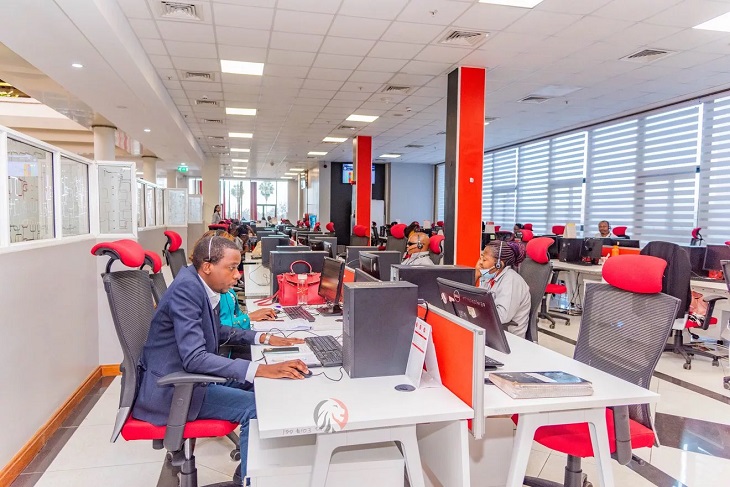Small and Medium Enterprises (SMEs) are the backbone of Kenya’s economy, accounting for over 90% of private sector enterprises and employing the majority of the workforce. Yet, one of the biggest challenges they face is the high cost of acquiring and maintaining vehicles, an essential component in sectors such as logistics, agribusiness, construction, manufacturing, and last-mile delivery.
Whether it’s a delivery van, a pickup truck, or a service vehicle, owning a vehicle remains an expensive undertaking that significantly impacts cash flow and operational efficiency. However, this challenge is not insurmountable. With the right strategies and financial tools, Kenyan SMEs can smartly navigate the cost of vehicle ownership.
The first step is to reconsider the traditional notion of outright vehicle ownership. For many SMEs, buying a vehicle in cash seems like a milestone of success, but it often ties up capital that could otherwise be used for operations, inventory, or employee wages. Instead of stretching resources thin through upfront payments, SMEs should explore more flexible financing models such as leasing, hire-purchase, or vehicle and asset finance solutions. These models not only spread out the cost of acquisition over time but also allow SMEs to preserve working capital.
One of the most SME-friendly financing options in the market today is Stanbic Bank Kenya’s Vehicle and Asset Finance (VAF). Tailored to support SMEs in acquiring both new and used commercial and private vehicles, this solution allows businesses to secure up to 100% financing depending on their credit profile and the type of vehicle. Repayments are spread over a flexible period—up to five years—at competitive interest rates.
Related Content: My Car Buying Experience in Kenya: A Journey Of Dreams, Doubts, And Discoveries
What makes Stanbic’s VAF stand out is its holistic approach: the bank often partners with reputable motor dealers to offer negotiated discounts, bundled insurance, and access to maintenance support. For SMEs looking to expand fleets or replace ageing vehicles without disrupting cash flow, this solution presents a practical, scalable pathway to growth.
Another strategy SMEs can embrace is forming vehicle-sharing or logistics cooperatives, particularly for those in the same industry or region. Pooling resources to purchase or lease vehicles collectively reduces individual costs while maximizing utility. A cooperative of five small agribusinesses, for instance, can collectively buy a refrigerated truck for transporting perishable produce, rather than each trying to acquire a separate vehicle. This model not only reduces acquisition and maintenance costs but also builds a network of trust and collaboration among peers.
SMEs should also consider investing in preventive maintenance and adopting vehicle-tracking technology. A well-maintained vehicle lasts longer, runs more efficiently, and attracts lower insurance premiums. GPS tracking systems and fleet management apps can help reduce fuel theft, monitor driver behavior, and optimize delivery routes, all of which translate to lower operational costs over time.
Finally, the government and county authorities need to step up with policy incentives that support SMEs in logistics-heavy industries. This could include tax relief on commercial vehicles, simplified import procedures for specialized trucks, and subsidies for eco-friendly electric vehicles—a sector gaining momentum in Kenya’s urban centres. A thriving SME sector benefits the entire economy, and making vehicle ownership more affordable is a direct lever for growth.
In conclusion, while the high cost of vehicle ownership poses a genuine challenge for SMEs in Kenya, it is not a dead-end. With smart financing like Stanbic’s VAF, cooperative models, efficient vehicle usage, and a little help from policy reform, SMEs can turn this hurdle into a stepping stone toward greater productivity and profitability.
Related Content: What I Wish I Knew Before Buying My First Car: Practical Lessons Learned The Hard Way











